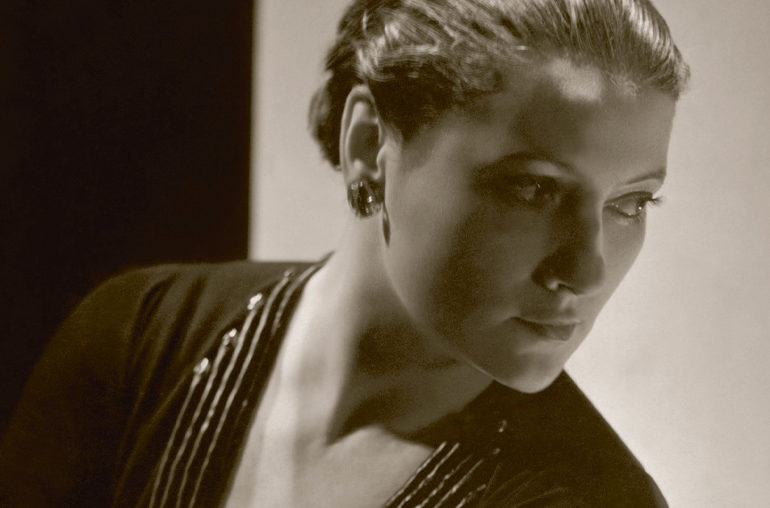The most important jewelry designer of the 20th century: Who is Suzanne Belperron?
Elegant and audacious, Suzanne Belperron pioneered a new aesthetic in jewelry. While perhaps the most important woman jeweler of the twentieth century, she is relatively unknown today except to collectors. Asked once why she never signed her work, Madame Belperron replied, “My style is my signature.”

Suzanne Belperron, a jewelery designer who was born in Saint-Claude, France, and lived between 1900-1983 (born as Madeleine Suzanne Marie Claire Vuillerme, married as Suzanne Vuillerme, became Belperron) has a worldwide reputation. Belperron's jewelry, the most important jewelry designer of the 20th century, is still popular and is among the most preferred designs (it is worth noting that during the Second World War, her husband had difficulties both financially and morally due to his Jewish origin, and she joined the resistance with her husband. She also continued to design, although she had difficulties in obtaining materials to design the jewels).
While Saint-Claude, the birthplace of Belperron, became one of the diamond-cutting centers in the world, she was educated at the Faculty of Fine Arts as a result of her mother's realization of her talent. Belperron won the first prize in the "Decorative Art" category with the necklace clock she designed in the competition held in 1918. Suzanne Vuillerme, who was taken to the Boivin jewelry house at the age of 19, reflected the Art Deco movement to her jewelry with her geometric and structural jewelry. The jewelry designer, who became Suzanne Belperron after her marriage to Jean Belperron in 1924, was known by that name and became the director of the Boivin Jewelry House during the same period (this is before her marriage). Playing an important role in her artistic life, Boivin became a kind of school for Suzanne, which she started while she was a student and developed herself, and created what she was inspired by. Again, in these periods (Boivin), she made set designs from semi-precious stones chalcedony (the crystal is a type of quartz, it has an oily structure), rock crystal (the name of the quartz or crystal croissant we know), and smoky quartz (it is a type of mountain crystal, dark smoke colored and translucent). and solidified its name with these designs.
Belperron, who resigned from Boivin in 1932 and received an offer from Herz, a Paris pearl dealer, and gemstone company, accepted Bernard Herz's offer. Bernard Herz gave Belperron the freedom to create her own designs under the Herz name, which gained international acclaim during this period. Continuing to create designs both as a supplier and as an outstanding producer for stone carvers/companies, Belperron has become an important artistic figure in France and abroad. While her designs are seen by jewelers, designers, and jewelry houses such as Cartier and Boucheron, she has also been frequently seen in fashion magazines such as Harper's Bazaar and Vogue. Having an intense fan base in the fashion history of the 20th century, Suzanne Belperron's designs generally carry traces of nature and distant cultures, while reflecting the vintage breeze on jewelry. Inspired by nature's fauna (all animals in a certain region) and flora (all plants growing in a region) with details such as flower petals, insects, and starfish, Belperron has also made breakthroughs in the history of jewelry. While making designs with the materials she softened, she also pioneered the setting technique of precious stones (see 22-karat gold). Suzanne Belperron, who has signed the designs sought by many people and companies, has also taken part in the production of unique jewelry, but she has not left her signature on any of them due to her philosophical view. In response to this, she said, "My signature is my style."
https://belperron.com/the-story/
https://belperron.com/
